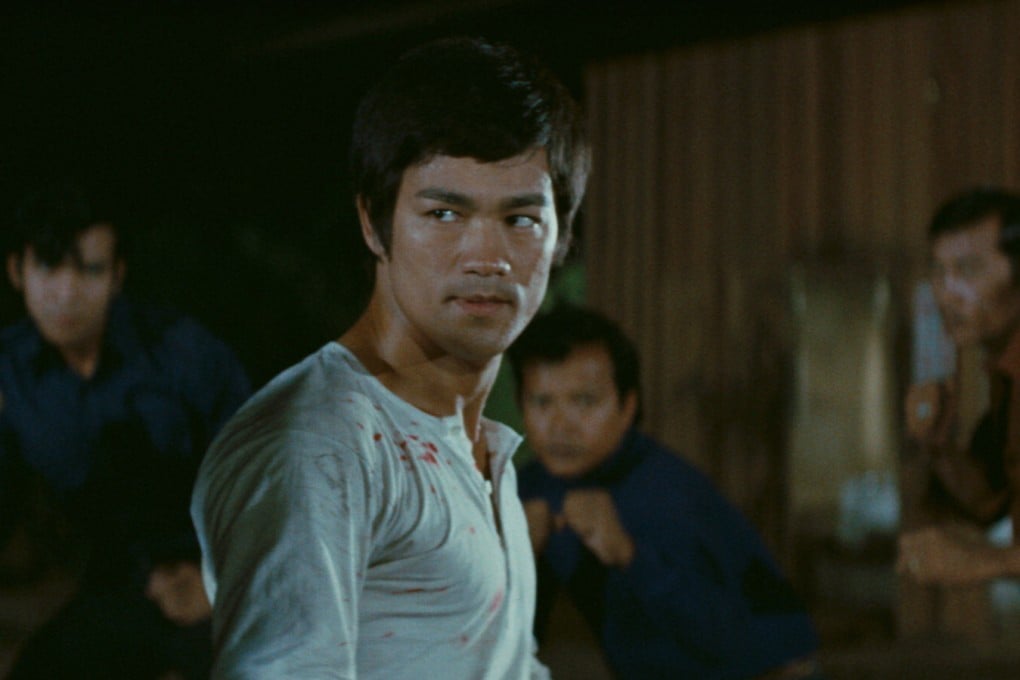How Bruce Lee’s The Big Boss shot kung fu to the top, launched one of his trademark moves and stood up for Chinese people
- Hong Kong movie The Big Boss drew heavily on wuxia films, which viewers were used to, and made movies featuring unarmed combat an unstoppable trend
- It stars Bruce Lee in his breakout role and featured what would become a trademark move, one he objected to but which looked so good he ended up adopting it

Bruce Lee’s debut Hong Kong martial arts movie The Big Boss made him an instant star in Hong Kong.
Opening on the last day of October, 1971, it drew full houses for its seven daily screenings and took HK$3.2 million at the box office during its 19-day run. It made a million of those in just two days, and displaced the musical The Sound of Music as the city’s highest grossing film.
The Big Boss (in Chinese, The Big Brother from Tangshan) was shot in a small village in Thailand and featured Lee as a worker in an ice-making factory who ultimately takes on his corrupt and murderous boss. It was well received by critics and audiences alike when it opened.
“The surprise Hong Kong movie of 1971!” opined local critic Mel Tobias in the long out-of-print Post book Memoirs of an Asian Filmgoer, a collection of writings from the 1970s. “It is the first public appearance of the flamboyant Chinese weapon in the person of Bruce Lee.”